|
The 2013 World Migratory Bird Day Theme - "Networking for migratory birds"
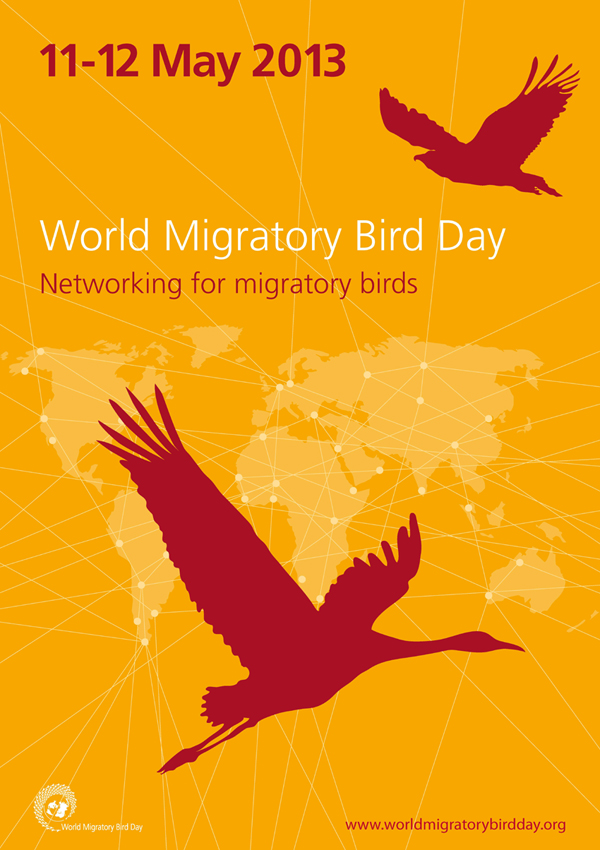
This year's World Migratory Bird Day theme - "Networking for migratory birds" - highlights the importance of networks of sites for migratory birds along their migration routes. The 2013 World Migratory Bird Day Poster highlights a few of the thousands of sites important for bird migration. Migratory birds travel huge distances along their migration routes, sometimes even tens of thousands of kilometres. These connected sites act like 'stepping stones' and are used by birds to migrate. They are important for resting, feeding, breeding and wintering.
Many sites that birds depend on are under threat from human activities, thereby posing a grave risk to migratory bird species. Direct human activities such as land reclamation and deforestation, as well as indirect human influences, such as climate change, damage these sites through habitat fragmentation and degradation. Large numbers of important sites have already been damaged, or lost entirely. Consequently, the conservation of the remaining important sites is crucial for the protection of avian migratory species.
This year's theme also highlights the importance of networking amongst governments, conservation organizations and dedicated people to conserve migratory birds by establishing global connections. Joint action in the form of international cooperation is needed, since conservation efforts in one country can be completely jeopardized by the loss of a single site in another.
World Migratory Bird Day aims to encourage the international community - governments, conservation organizations and dedicated people alike – to to work together to conserve migratory birds around the world.
Ecological Networks
The Importance of Networks of Habitats for Migratory Birds
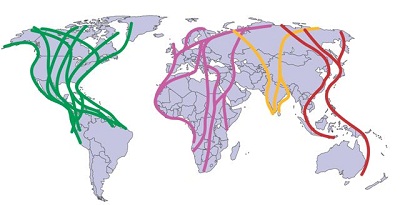
Ecological networks play a decisive role for migratory birds, because they provide key sites along migration routes where birds can recover from their strenuous journeys. This map shows in different colours the main migration routes around the world that birds use each year. Along these routes are sites that they stop at for resting, feeding, breeding and wintering.
However, many migratory birds have little choice when it comes to the selection of suitable areas to use. They need access to specific sites located along their migration routes. If one of these important sites is damaged or destroyed, often it means disaster for the birds that depend on that site.
The Saemangeum Estuary: A Key Stop-over Site Affected by Land Reclamation
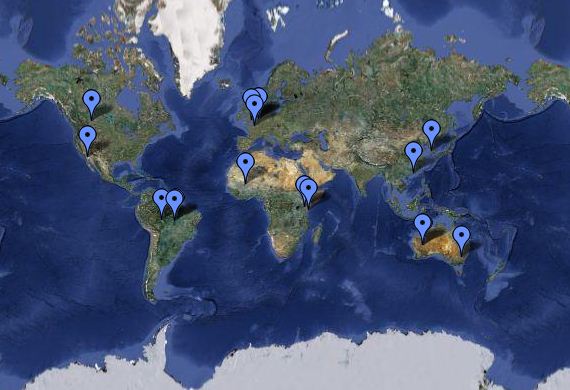 The Saemangeum Estuary is a good example of an important bird ‘stop-over’ site within the Yellow Sea region in Asia. The tidal flats are a valuable habitat for both shorebirds and migratory birds including the Great Knot, which is a long-distance migrant. However, the survival of many birds occurring within this region is now threatened by large reclamation projects such as the Saemangeum. The Saemanguem Reclamation project has converted estuaries, tidal flats and sea shallows into land to be used for human activities. The tidal flats and sea shallows alone encompass an area of over 400 square km. This conversion has been achieved through a newly built seawall, measuring an impressive 33 kilometres that encircles the Saemangeum tidal flats. The sea wall is so large, that it can be easily seen from outer space. [Where is the Saemangeum Estuary?] The Saemangeum Estuary is a good example of an important bird ‘stop-over’ site within the Yellow Sea region in Asia. The tidal flats are a valuable habitat for both shorebirds and migratory birds including the Great Knot, which is a long-distance migrant. However, the survival of many birds occurring within this region is now threatened by large reclamation projects such as the Saemangeum. The Saemanguem Reclamation project has converted estuaries, tidal flats and sea shallows into land to be used for human activities. The tidal flats and sea shallows alone encompass an area of over 400 square km. This conversion has been achieved through a newly built seawall, measuring an impressive 33 kilometres that encircles the Saemangeum tidal flats. The sea wall is so large, that it can be easily seen from outer space. [Where is the Saemangeum Estuary?]
Scientists estimate that the reclamation project has led to a decline of 137,000 shorebirds, due to the degradation of the formerly valuable habitat. Among migratory birds, the Great Knot is greatly suffering from the reclamation project. According to scientists, the worldwide population of this migrant species might have declined by 20 per cent, meaning almost a fifth of the global population is potentially lost. ['Before' and 'After' Photos of the Saemangeum]
The land reclamation of the Saemangeum shows well the importance of this year’s WMBD theme “Networking for migratory birds”. It is crucial to protect key habitats along migration routes in order to ensure that migratory birds do survive their strenuous journeys. The Saemangeum case is an important example of a stop-over site that migrating birds need to survive. It is a link in a chain of habitats and sites where they stop, rest and feed before migrating further. The Saemangeum highlights the urgent need to protect important sites within the network of habitats along migration routes. The loss of one key habitat, such as the tidal flats in Saemangeum, can jeopardize the survival of the migratory species.
Working together for International Migratory Bird Conservation
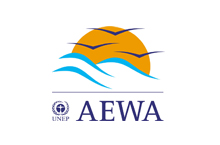
Networks of Governments for Migratory Bird Conservation
Migratory birds are especially vulnerable because they rely on a number of habitats: not only their migration destinations but also the sites they stop at during their journeys. They often follow distinct paths, covering long distances and crossing the boundaries of many countries that may have very different conservation policies. In order to ensure safe migration for birds, it is important to have similar conservation and protection standards. [Read More About AEWA]

This is where AEWA, the Agreement on the Conservation of African-Eurasian Migratory Waterbirds comes in. The Agreement, developed under the framework of the Conservation of Migratory Species (CMS) and administered by the United Nations Environment Programme (UNEP), is an intergovernmental treaty dedicated to the protection of migratory waterbirds and their habitats. [Read More About CMS]
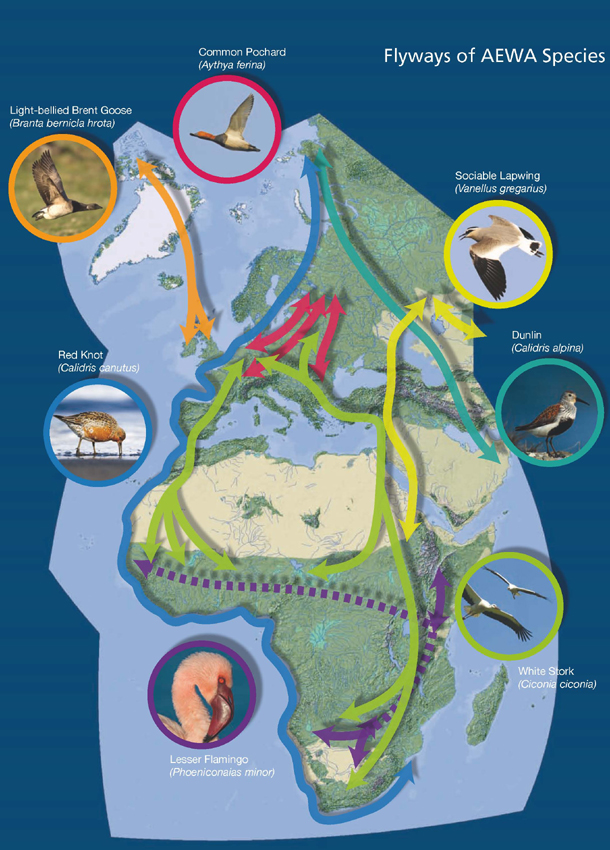
AEWA covers 255 species of birds that are ecologically dependent on wetlands for at least part of their life cycle. These include, for example, many species of divers, pelicans, cormorants and flamingos. AEWA stretches across 119 Range States, from the northern reaches of Canada and Greenland, across Europe, the Middle East and Central Asia to the southern tip of Africa. Many of these countries have become Contracting Parties - at this stage 70 countries and the European Union are Contracting Partners to AEWA.
AEWA brings these countries together, coordinates activities and projects, holds meetings and provides the platform for international cooperation. For example, the ongoing Wings Over Wetlands Flyway Partnership, superseding the completed 'Wings Over Wetlands' project, promotes flyway-scale conservation among the AEWA and Ramsar Secretariats, BirdLife International and Wetlands International. The measures that are to be taken up by the Contracting Parties are specified in an Action Plan, which is legally binding. It details key issues, such as species and habitat conservation, management of human activities, research and monitoring, education and information as well as legal and emergency measures. [Read More in the AEWA Information Leaflet]
BirdLife International - The World's Largest National NGO Partnership
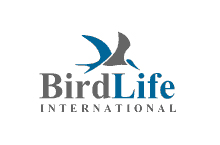
BirdLife International is a partnership of 116 independent national non-governmental organizations (NGOs). They strive to conserve birds, their habitats and global biodiversity. BirdLife International and their partners operate in over one hundred countries and territories worldwide. Their aim is to prevent the extinction of any bird species, to maintain and possibly improve the conservation status of all bird species and to protect sites and habitats important to birds.
BirdLife International acts as a global networking partner and brings organizations and people together to share and exchange skills and experiences to achieve an overall goal – the conservation of birds and their habitats. Since migratory birds cross many international borders on their journey, it is crucial to have standardized conservation policies and to act as one international team. BirdLife International works with a growing network of people and organizations to advocate policy change. They also believe that it is important to engage local people in their work to achieve more effective and sustainable conservation. Therefore, they work alongside local communities, adapt conservation measures to local circumstances and help to integrate conservation with social development and human wellbeing – for the benefit of people and biodiversity.
BirdLife International is a very important partner to AEWA and the World Migratory Bird Day. This year's World Migratory Bird Day theme 'Networking for Migratory Birds' relates closely to the great work of the BirdLife Partnership. [Read More About BirdLife International]
World Migratory Bird Day Partner Organizations
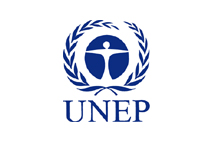    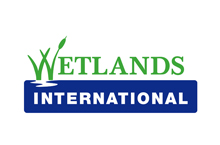 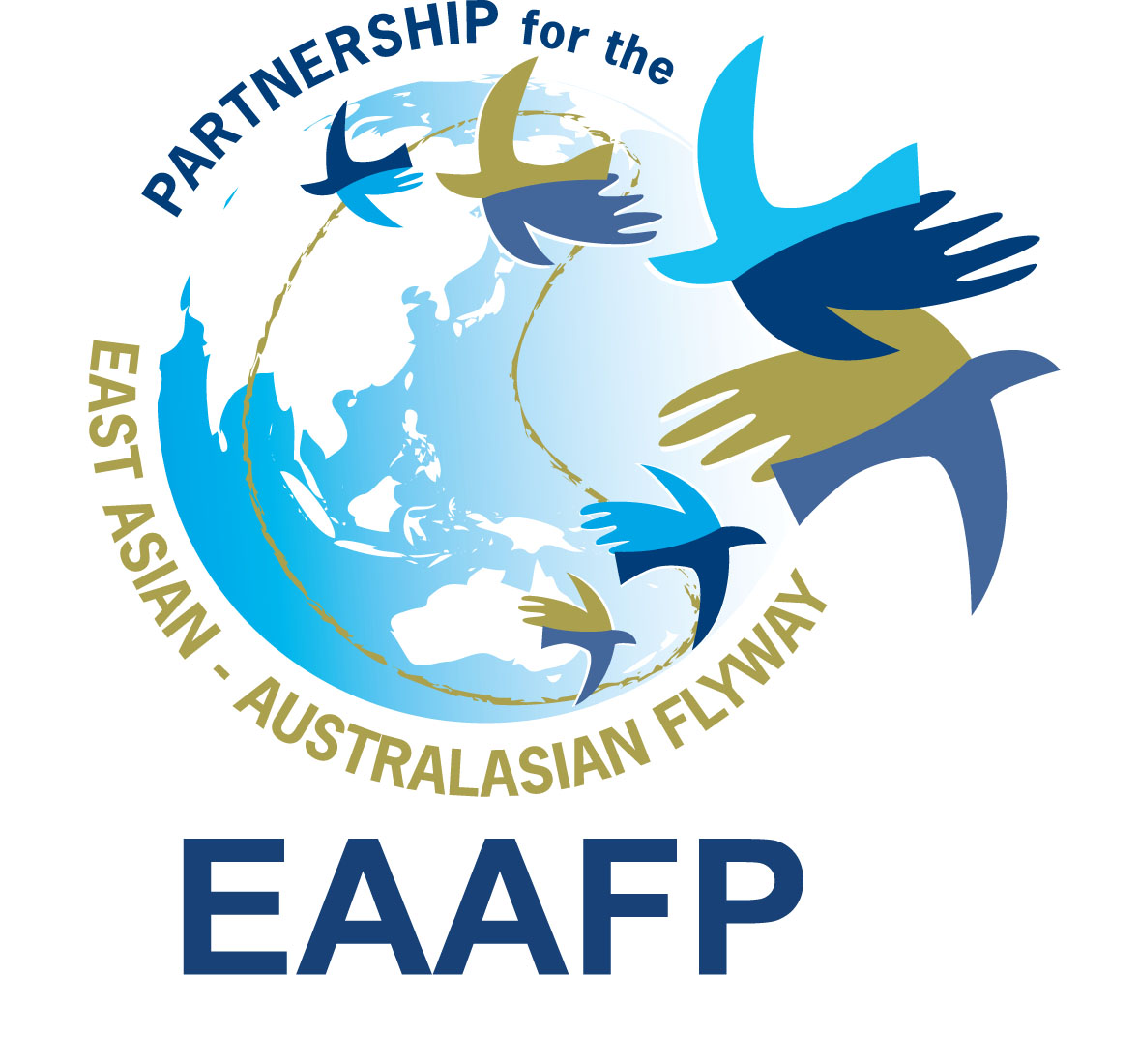 
Above are the logos of the main World Migratory Bird Day Partners. These are just a few of the many amazing networks comprised of governments, conservation organizations and dedicated people that work together in support of international migratory bird conservation. World Migratory Bird Day is a joint campaign of these main partners aiming to inspire, promote and help support migratory bird conservation efforts worldwide. [Read More about the WMBD Partners]
Celebrate World Migratory Bird Day

To become a part of this year's campaign, register your own activity for WMBD 2013 on this website! Celebrate migratory birds and raise awareness about this year's theme 'Networking for migratory birds'. [Register Your Activity]
For more ideas for your own WMBD 2013 activity browse through the other globally registered WMBD events which took place in past WMBD Campaigns! [Events from Past WMBD Campaigns]
|


